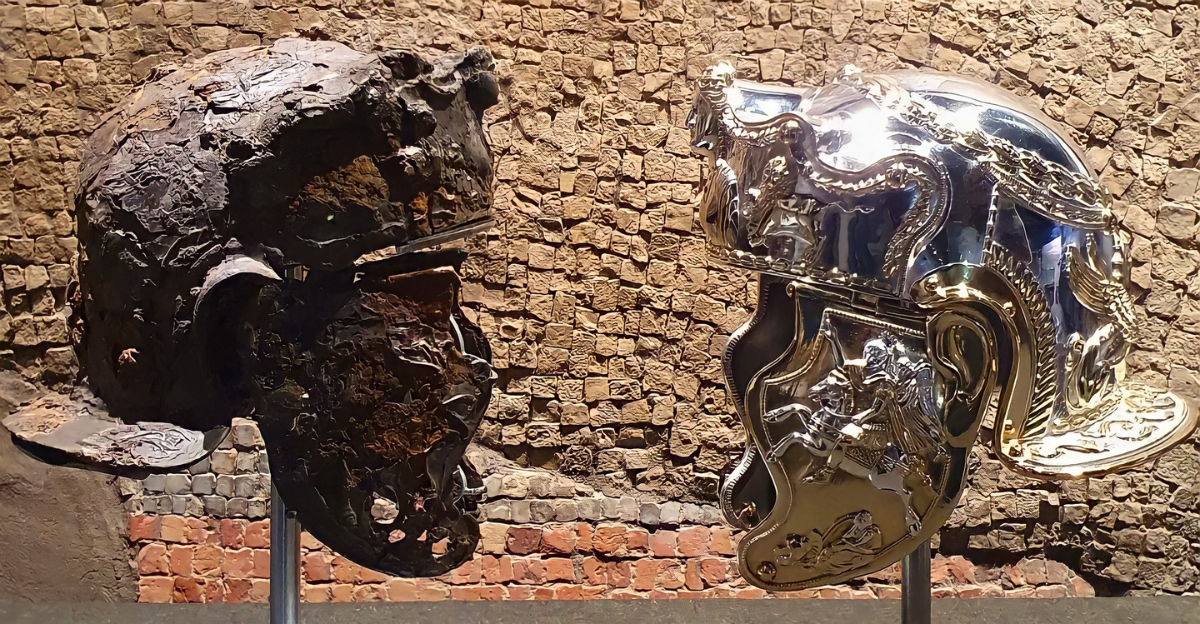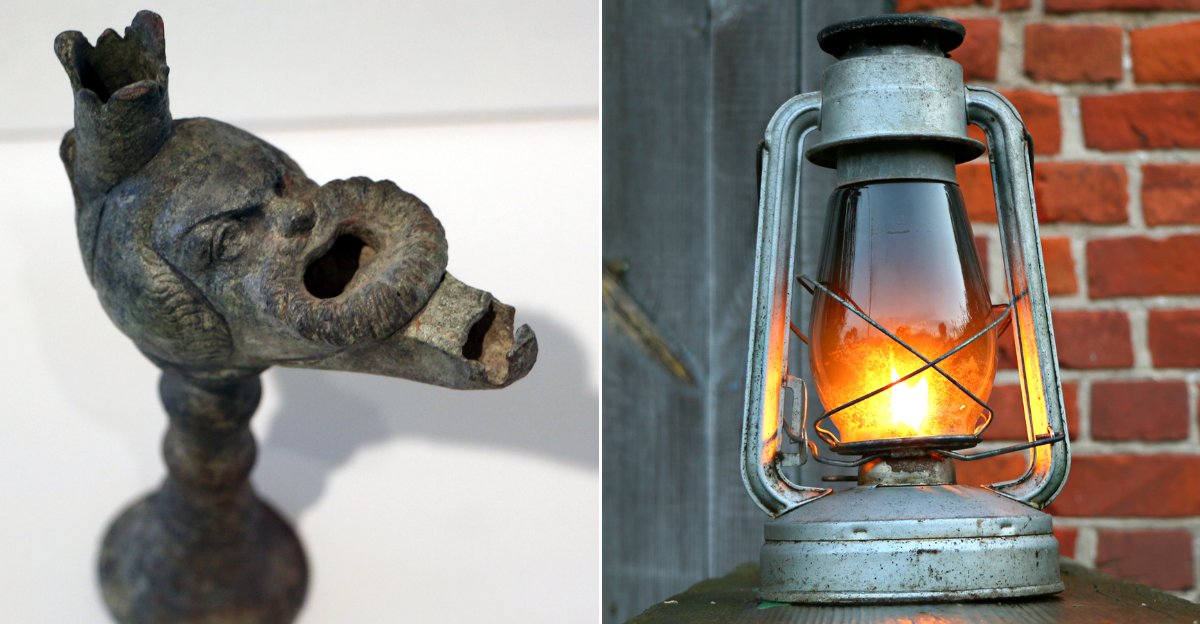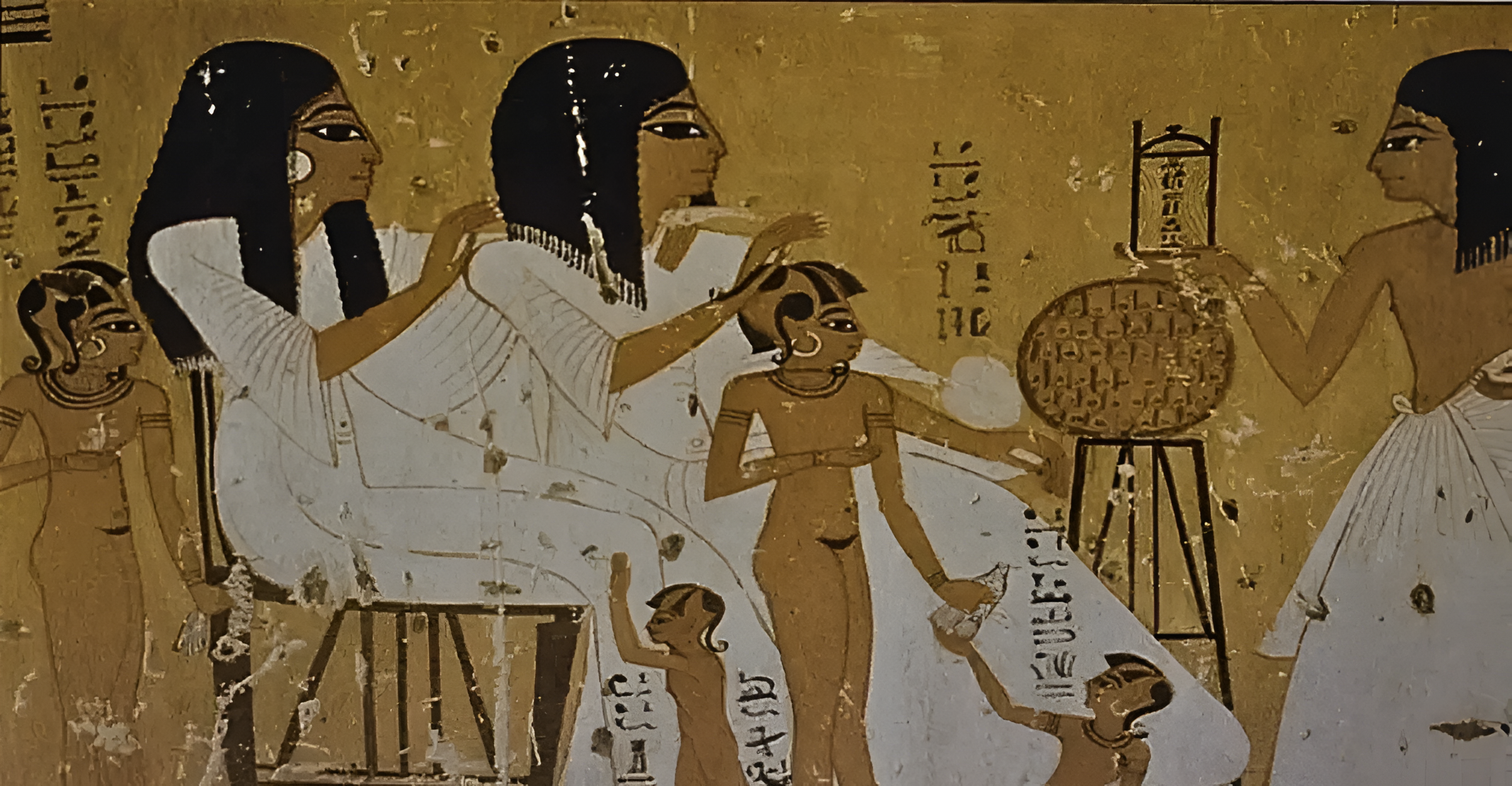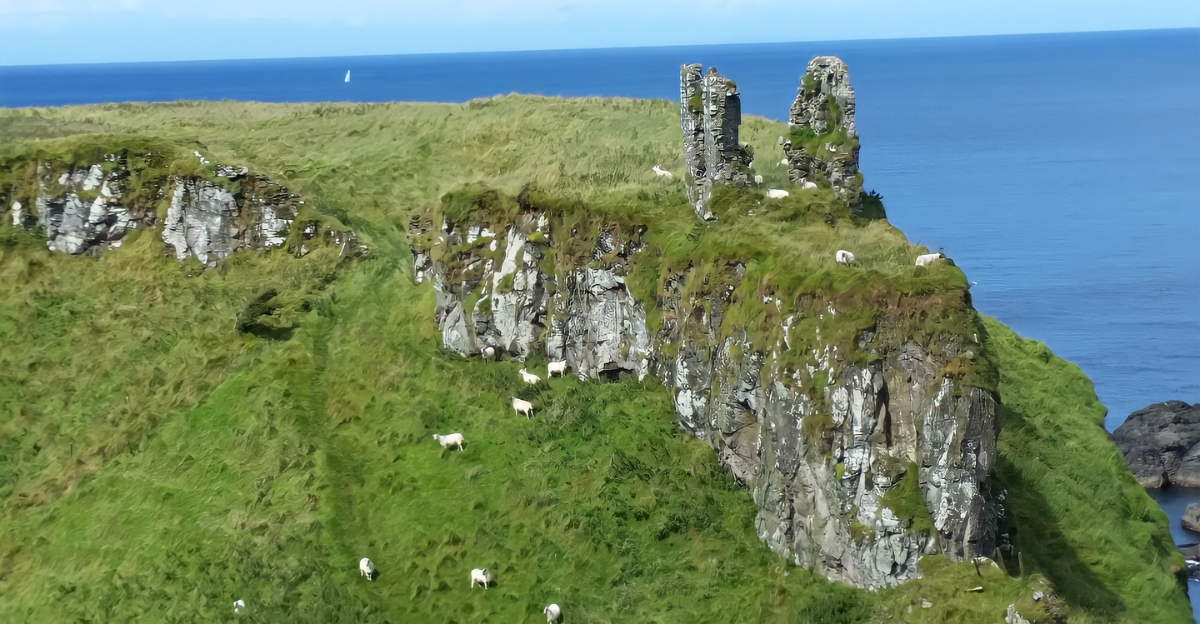
America’s earliest inhabitants had a history of changing sands and shattered assumptions. Textbooks once told it briefly: small bands of hunters walking across the Bering Land Bridge expanded slowly over a wilderness continent.
But with each new archaeological discovery, this old narrative is being turned on its head, recounting buried cities, advanced technologies, and migration routes that challenge traditional assumptions and theories.
So let’s take a look at the 10 sites that made historians and scientists rethink everything they knew about early Americans and prepare yourself for a journey through our mysterious, sometimes controversial, and awe-inspiring past.
Laws and Legacy: The Archaeological Resources Protection Act

Before we examine the 10 sites that change our view of history, we need to understand why their protection and preservation is so important. Conservation is not just a scientific pursuit but a legal and moral obligation as well.
The Archaeological Resources Protection Act of 1979 (ARPA) was enacted to safeguard archaeological resources on public and Native American lands. ARPA criminalizes unauthorized digs and the smuggling of artifacts, showing an acknowledgement that such sites possess an exceptional cultural and historical importance.
That the legislation exists is a testament to the ongoing efforts to protect America’s ancient heritage from theft, desecration, and destruction so that future generations can enjoy and learn from the earliest civilizations in the continent.
1. The Mystery Under Our Feet: Cahokia Mounds, Illinois

Beneath the rolling hills of Illinois lies Cahokia, a great ancient city that was once as vast as the great cities we know today. At its height between 1050 and 1350 CE, Cahokia boasted a population of up to 20,000 (more than London at the time).
Its 120 massive earthen mounds, including the imposing Monks Mound, speak volumes about a society with advanced town planning, astronomy, and political organization. Cahokia’s size and sophistication proves that our long-held belief of scattered, primitive tribes is in fact a myth, forcing us to recognize the continent’s first city-builders and their enduring legacy.
2. Known, but Unrecognized: Mesa Verde, Colorado

The cliff houses of Mesa Verde, located in Colorado, are well known, but their importance is not appreciated. Built by the Ancestral Puebloans between 600 and 1300 CE, the rock villages cling to steep cliffs, dispelling the theory that early Americans were nomadic.
The multi-story houses, kivas, and storerooms exhibit outstanding engineering and societal planning. The city’s residents thrived in a challenging environment, marrying architectural innovation with adaptation to their environment.
Their story is one of perseverance, ingenuity, and a sophisticated civilization that evolved amidst adversity and barren land.
3. First Americans? Clovis, New Mexico

The Clovis site, found during the 1930s, originally defined the “beginning” of American history. Its distinctly fluted spearpoints, dating back 13,000 years, were previously considered the earliest evidence of human occupation in the Americas.
The Clovis people were expert big-game hunters became history’s template for the continent’s earliest inhabitants. But recent discoveries have disrupted this theory, and doubts have arisen regarding when and how the initial Americans migrated.
The Clovis site remains iconic and symbolic, both of scientific truth and of the tentative nature of archaeological knowledge. But the best was yet to come.
4. Controversy in the Caves: Meadowcroft Rockshelter, Pennsylvania
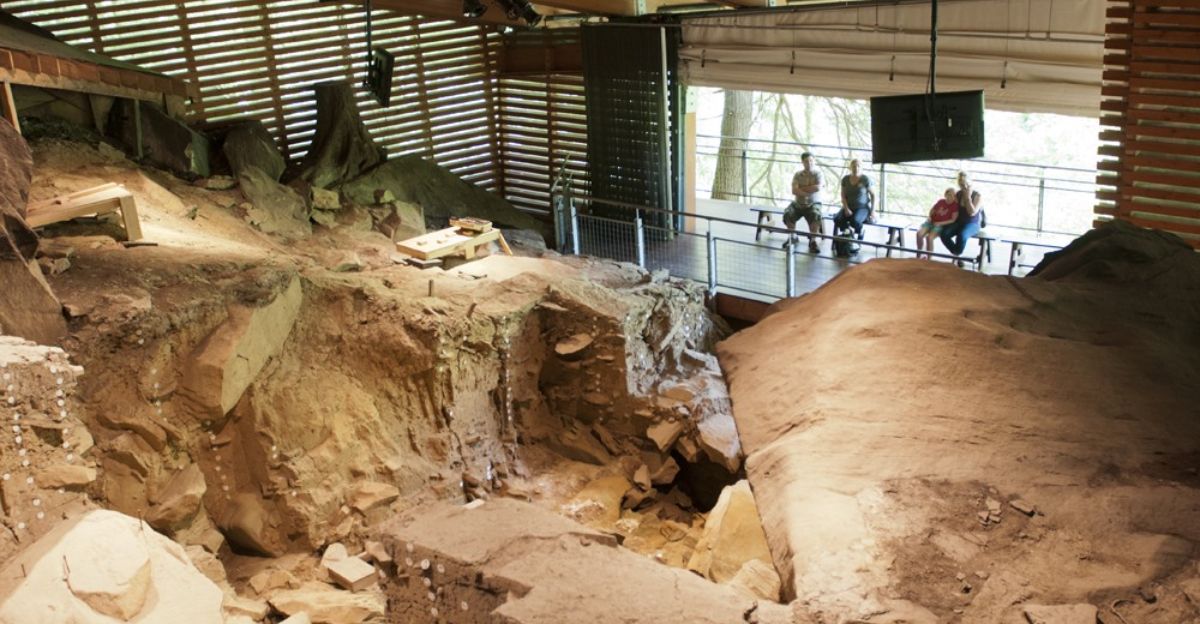
Meadowcroft Rockshelter was the archaeological site that proved the Clovis theory wrong, with human occupation as early as 16,000 years ago. Stone artifacts, hearths, and animal remains were discovered in a shelter that caused academic hysteria.
Skeptics questioned the dating technique and stratigraphy used. But Meadowcroft’s evidence has weathered reasonably well since then, forcing archaeologists to entertain the possibility that early Americans migration much earlier than we originally thought.
The Meadowcroft controversy shows the dynamic, self-correcting power of science and the continual challenge to established American prehistory accurately. There is still so much more to learn.
5. Breaking the Paradigm: Cactus Hill, Virginia

Virginia’s Cactus Hill is one of the oldest and best-dated archaeological sites in the Americas, with human occupation starting as early as 18,000 years ago. Its deeply buried blade-shaped flakes and charcoal, found beneath a living surface of the Clovis age, provided further and key evidence of pre-Clovis occupation.
Stratigraphy and unique artifacts at the site challenged the Clovis-first hypothesis, suggesting settled hunter-gatherers knew the area well. Cactus Hill’s findings have also encouraged additional studies of early American migrations and survival techniques, revising our knowledge of who came first and when.
6. Logic and Trade: Poverty Point, Louisiana

Poverty Point, constructed around 3,500 years ago, questions previously held assumptions regarding early American societies. Built by hunter-gatherers, not farmers, its massive earthwork and ring dunes demonstrate a society with sophisticated planning skills and community participation.
Artifacts found at the site, including stone, copper, and other artifacts, originated several hundred miles away, suggesting that the civilization had connections to extensive trade networks.
Poverty Point’s builders organized large projects without agriculture, contradicting the belief that only settled, agrarian societies could become complex, interactive communities. This site reveals that cooperation, innovation, and far-reaching connections flourished among mobile individuals much before any contact with Europeans.
7. A Breather in the High Desert: Chaco Canyon, New Mexico

Chaco Canyon offers a moment of awe and amazement. Between the 9th and 12th centuries, Chaco was at the hub of a great network of roads, large houses, and ceremonial centers in the American Southwest.
Its monumental architecture and astronomic alignments reveal a society linked deeply to both the universe and the earth.
Moreover, travelling to Chaco Canyon these days is a humbling experience, where we can stand in wonder at the ingenuity, tenacity, and religious depth of early Americans who prospered in the desert highlands.
8. Firing Up Debate: Cooper’s Ferry, Idaho

The discovery of Cooper’s Ferry threw the migration theories into chaos. The 16,000-year-old artifacts tell us that early man reached the Americas earlier than was originally believed, possibly by water along the Pacific coast instead of via the Bering Land Bridge.
The stemmed spearpoints found at the site differ from conventional Clovis technology, sparking intense debates about multiple waves of immigration and routes of travel.
Cooper’s Ferry now serves as a flashpoint in the ongoing quest to untangle the true story of America’s first inhabitants, sparking passionate arguments among historians and archaeologists alike.
9. The Enigmatic Outlier: Debra L. Friedkin Site, Texas

The Debra L. Friedkin site, near Buttermilk Creek in Texas, has yielded artifacts dating as far back as 15,500 years ago. Some of the objects found, including blades and scrapers, are thousands of years older than the Clovis era.
While the site’s controversial dating methods have caused raised eyebrows, if confirmed, Friedkin would push the date of human occupation in North America even farther back than originally thought.
Further, the site illustrates how lesser-known discoveries can fundamentally change scientific beliefs and thought, rewarding stubborn researchers and compelling the archaeology field to repeatedly question what we think we know about the first inhabitants of the continent.
10. The Urban Myth-Buster: Moundville, Alabama

Moundville, the second-largest Mississippian city after Cahokia, flourished from 1000 to 1450 CE. Its 29 earthen mounds, arranged around a central plaza, tell a story of a hierarchical, complex society with sophisticated religious and political institutions.
Moundville, and sites like it, contradict the myth that Native Americans were nomadic in nature. Instead, the site proved that they built cities, traded vigorously, and reshaped landscapes in ways that we are just beginning to understand.
Moundville stands as witness to the genius, thoughtful planning, and long-lasting legacy of America’s ancient urban civilizations.
Why These Sites Matter

Together, all these sites form an iconic mosaic of innovation, versatility, evolution and complexity that shatters tired old myths about early Americans. Each new find is a reminder that history is not a static or linear; it’s a living, breathing body of information that reshapes our knowledge continually.
As we endeavor to conserve, preserve and uncover these riches, we honor our ancestors and their way of life, while acknowledging how much more remains to be discovered and accomplished.
The journey through America’s ancient past is only just beginning, and with each emerging find, the story is written anew.

